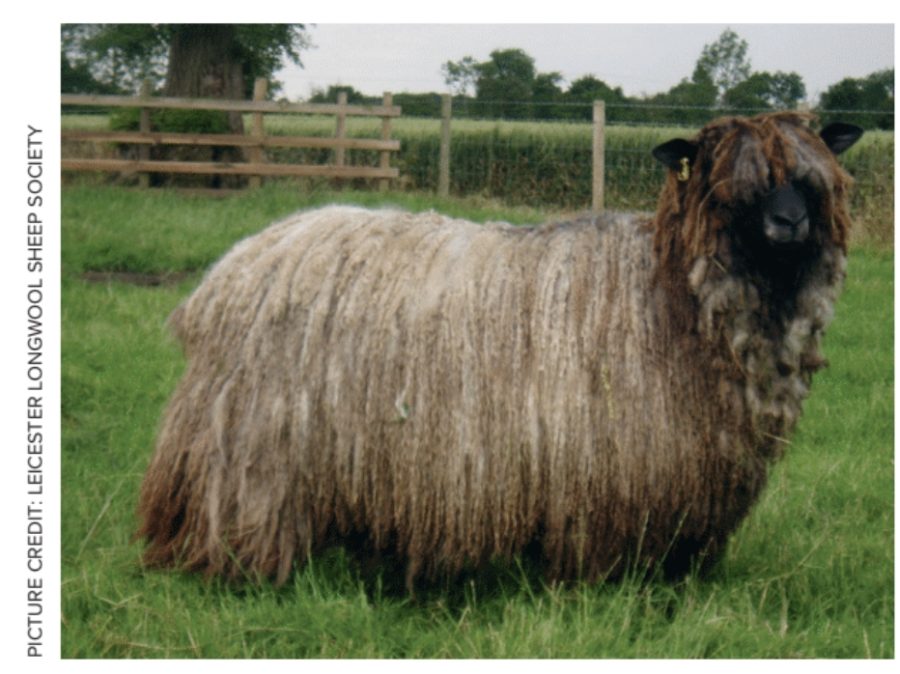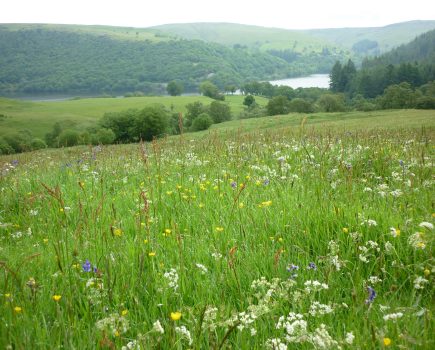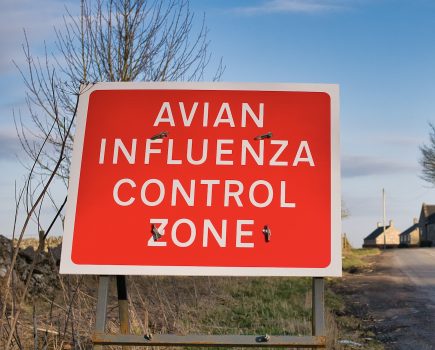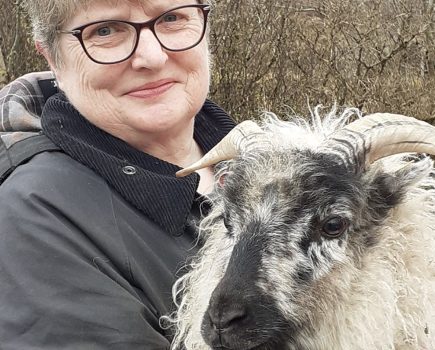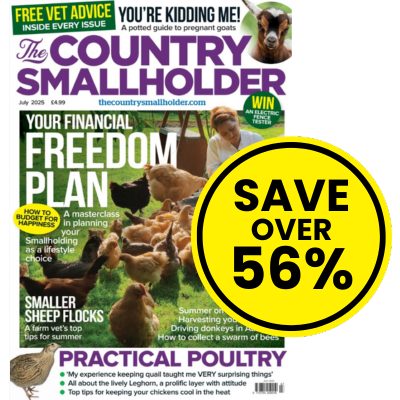Rare Breeds Survival Trust Chief Executive, Christopher Price, looks closely at the latest RBST Watchlist.
In late April we published the new RBST Watchlist, our annual situation report for the UK’s native livestock and equine breeds. The Watchlist reflects robust measures of the genetic diversity within each breed as well as analysis of registration data, and I am pleased to say there is plenty of cause for encouragement.
It is especially positive to see signs of stabilisation in several very rare breeds which were previously showing declining numbers, such as Gloucester cattle and the Large White pig, following concerted conservation activity and breed promotion by breed societies, together with RBST staff and members. It really shows the positive impacts that can be achieved together.
However the Watchlist showed concerning trends for some other rare breeds, including the Manx Loaghtan and Leicester Longwool sheep. Both have seen significant declines in the number of dams producing pedigree offspring, continuing negative trends of recent years. These two iconic breeds really pay testament to the fantastic and invaluable diversity within the UK’s native sheep breeds.
They both have distinct characteristics which enable the animals to thrive in their typical landscapes and environments. The Manx Loaghtan is a small, primitive, very hardy sheep which grazed the hills of the Isle of Man for generations.They have a beautiful reddish-brown fleece, and are unusually multi horned with four or sometimes even six horns.
The Leicester Longwool (pictured above) is a large sheep with a very long, woolly fleece and dark ‘blue’ ears. Known for its spiral curl, softness and lustre, the fleece remains highly prized by hand spinners and crafters.
Both breeds continue to provide nutritious and sustainable food and highest quality fibre to this day, as well as playing an important role in sustainable habitat management projects through conservation grazing.
AT RISK CATEGORY FOR ICONIC SHEEP BREEDS
The Manx Loaghtan and Leicester Longwool are moved to from the ‘At Risk’ category to the most urgent ‘Priority’ category on the Watchlist, reflecting robust measures of the breed’s position including genetic diversity and analysis of registration data. RBST will be working closely with the breed societies as we seek to reverse these declines.
Rare native sheep which are showing more positive stability or improvements include the Llanwenog breed which saw a 23% increase in the number of dams producing registered progeny in a second consecutive year of growth; and the Devon & Cornwall Longwool, with female registrations at their highest recorded figure for the breed since 2017.
This article extract was taken from the June 2025 edition of The Country Smallholder. To read the article in full, you can buy the issue here.

